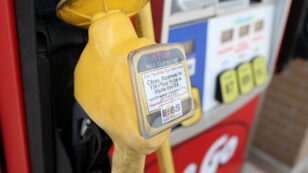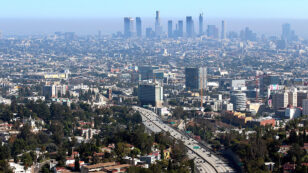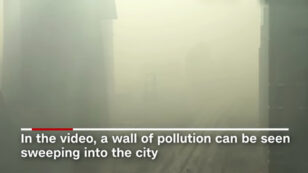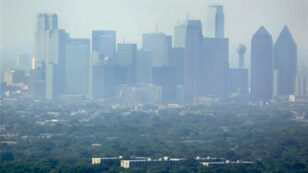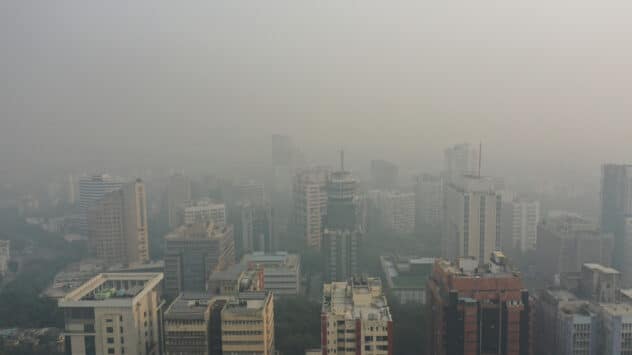
New Delhi Considers Cloud Seeding to Combat Smog
New Delhi’s environment minister Gopal Rai met with the Indian Institute of Technology Kanpur (IIT Kanpur) Wednesday to talk about the possibility of cloud seeding to induce rain in the capital city, which has been plagued by dangerous smog, reported Business Today. Pending approval of IIT Kanpur’s proposal from the Supreme Court, the cloud seeding […]

 233k
233k  41k
41k  Subscribe
Subscribe 
